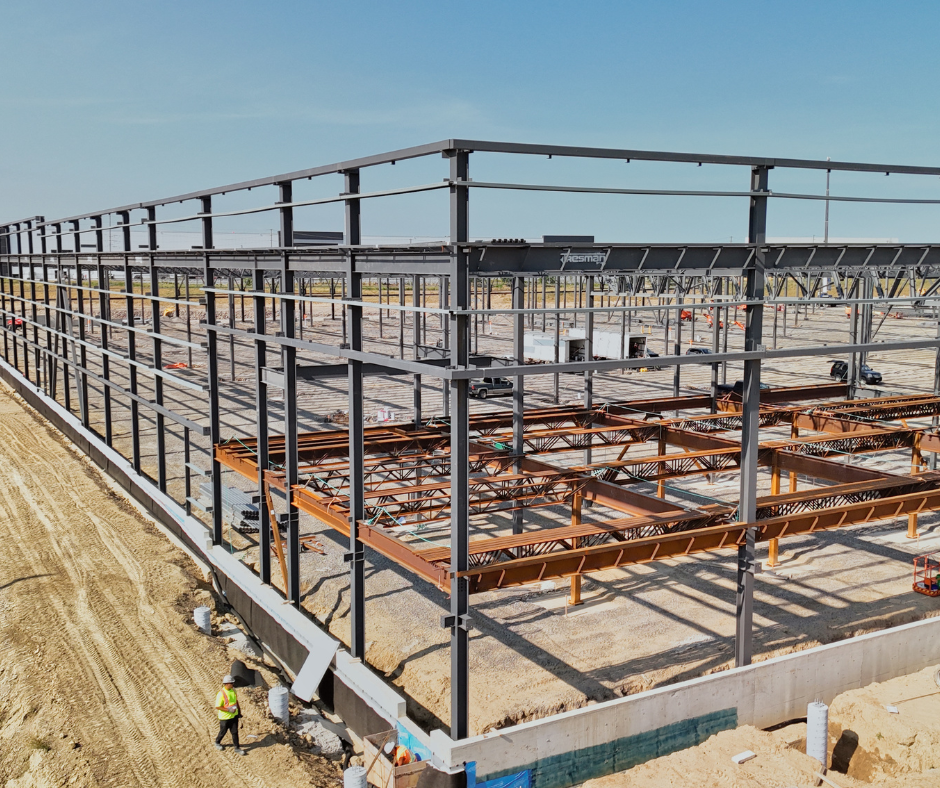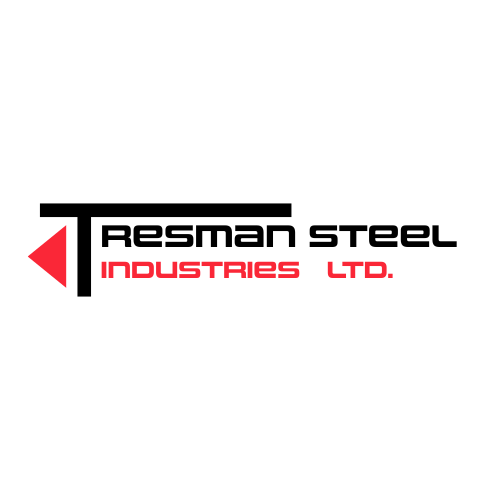Steel Terminology 101: A Glossary for Builders and Developers
- Tresman Steel Ltd

- Aug 21
- 3 min read

If you're a builder, developer, or project manager navigating the world of structural steel, you're likely to encounter terms that sound technical, unfamiliar — or just plain confusing. At Tresman Steel Industries Ltd., we believe clear communication is the foundation of every successful project.
Whether you're reviewing shop drawings, walking through a job site, or managing timelines, having a basic understanding of key steel terminology helps you make informed decisions, avoid misunderstandings, and keep your build on track.
Here’s your go-to glossary of essential structural steel terms — simplified and explained.
Key Structural Steel Terms Every Builder Should Know
Structural Steel
Steel that is specifically fabricated to be used in construction. It forms the load-bearing framework of buildings, bridges, and industrial facilities.
Beam
A horizontal structural element designed to support loads across a span. Beams are often labeled as W-shapes or I-beams due to their profile.
Column
A vertical steel member used to transfer loads from above down to the foundation. Columns are essential for supporting multi-story structures.
HSS (Hollow Structural Section)
A type of steel profile with a hollow cross-section. It includes square, rectangular, or circular shapes and is used for columns, trusses, and architectural features.
OWSJ (Open Web Steel Joist)
Lightweight steel trusses used to support floors and roofs. They're commonly used in wide-span industrial and commercial buildings.
Girt
A horizontal structural member used in wall framing to support exterior cladding like metal panels.
Decking
Steel sheets used to form the base for concrete slabs on floors or roofs. Decking provides structural strength and a work surface for crews.
Base Plate
A steel plate welded to the bottom of a column. It helps distribute the load over a larger area and is typically anchored to the concrete foundation.
Anchor Bolt
Heavy-duty bolts embedded in concrete to secure columns or base plates. Proper placement is critical for steel alignment.
Moment Connection
A type of rigid connection between beams and columns designed to resist rotation and lateral movement, offering structural stability.
Welded Connection
Steel members joined using welding. Different weld types (fillet, groove, etc.) are specified based on load, location, and design.
Bolt-Up Connection
A connection using high-strength bolts instead of welding. Bolt-ups are faster to install on-site and allow for easier adjustments.
Splice
A connection between two steel members that are joined to form a longer piece — often used when members are too long to transport in one piece.
Fabrication
The process of cutting, drilling, welding, and assembling steel components in a fabrication facility (like Tresman’s shop) before delivery to site.
Erection
The process of assembling and installing fabricated steel components on-site to form the building’s frame.
Primer
A protective paint or coating applied to steel before installation to prevent rust during transport and early stages of construction.
Galvanizing
A process of applying a zinc coating to steel for corrosion protection, especially in outdoor or high-moisture environments.
Shop Drawings
Detailed drawings produced by the fabricator that show how each steel component will be manufactured and assembled, based on the architect and engineer’s designs.
Load-Bearing
A structural element that supports weight. Structural steel components are designed to be load-bearing, transferring force through the frame to the foundation.
LEED (Leadership in Energy and Environmental Design)
A green building certification system that encourages sustainable building practices. Structural steel often contributes points through recycled content and regional sourcing.
Why This Matters
Understanding these terms makes it easier to:
Communicate clearly with engineers, fabricators, and site crews
Interpret drawings and project updates more effectively
Make confident decisions during the build process
Avoid project delays caused by miscommunication
Partner with Steel Experts You Can Understand
At Tresman Steel Industries Ltd., we don’t just fabricate steel — we work closely with you every step of the way. Our team is here to demystify the process, offer practical insight, and deliver high-quality steel solutions with accuracy and clarity.
Have a question about your project’s specs? Want to see how structural steel fits into your build? We’re just a call or click away.
🔗 Let’s build smarter, together. Visit us at www.tresmansteel.com





Comments